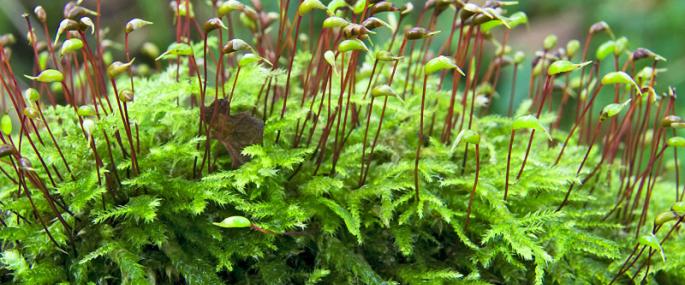2011-05-05 13:02
Scientific Name:
Brachythecium rutabulum
Ordinary Moss, as its name suggests, is one of the UK's most common mosses and is found growing in lawns, on damp ground and in woodlands.
How to identify:
Ordinary Moss is usually dark green but can be tinged yellow. It has branching stems that taper, with shiny, oval, pointed leaves that have fine teeth on their edges.
Where to find it:
Widespread.
How people can help:
Moss provides important shelter and food for many of our minibeasts and can be encouraged to grow in the garden by providing logs, stone piles and untidy areas. In turn, other species, such as birds, mammals and amphibians, will be attracted to the garden looking for a minibeast meal. To find out more about encouraging wildlife into your garden, visit our Wild About Gardens website: a joint initiative with the RHS, there's plenty of facts and tips to get you started.
Statistics:
Height: up to 4cm
Conservation status:
Common.
Did you know?:
Mosses do not produce seeds or flowers, but reproduce by producing spores. These spores are held in capsules that grow within fruiting bodies which sprout from the moss. When they are ready, the moss releases the spores, often by forcing them into the air through the release of built-up pressure within the capsule. In other words, they explode!
Seasons:
Spring
Summer
Autumn
Winter
Image:
